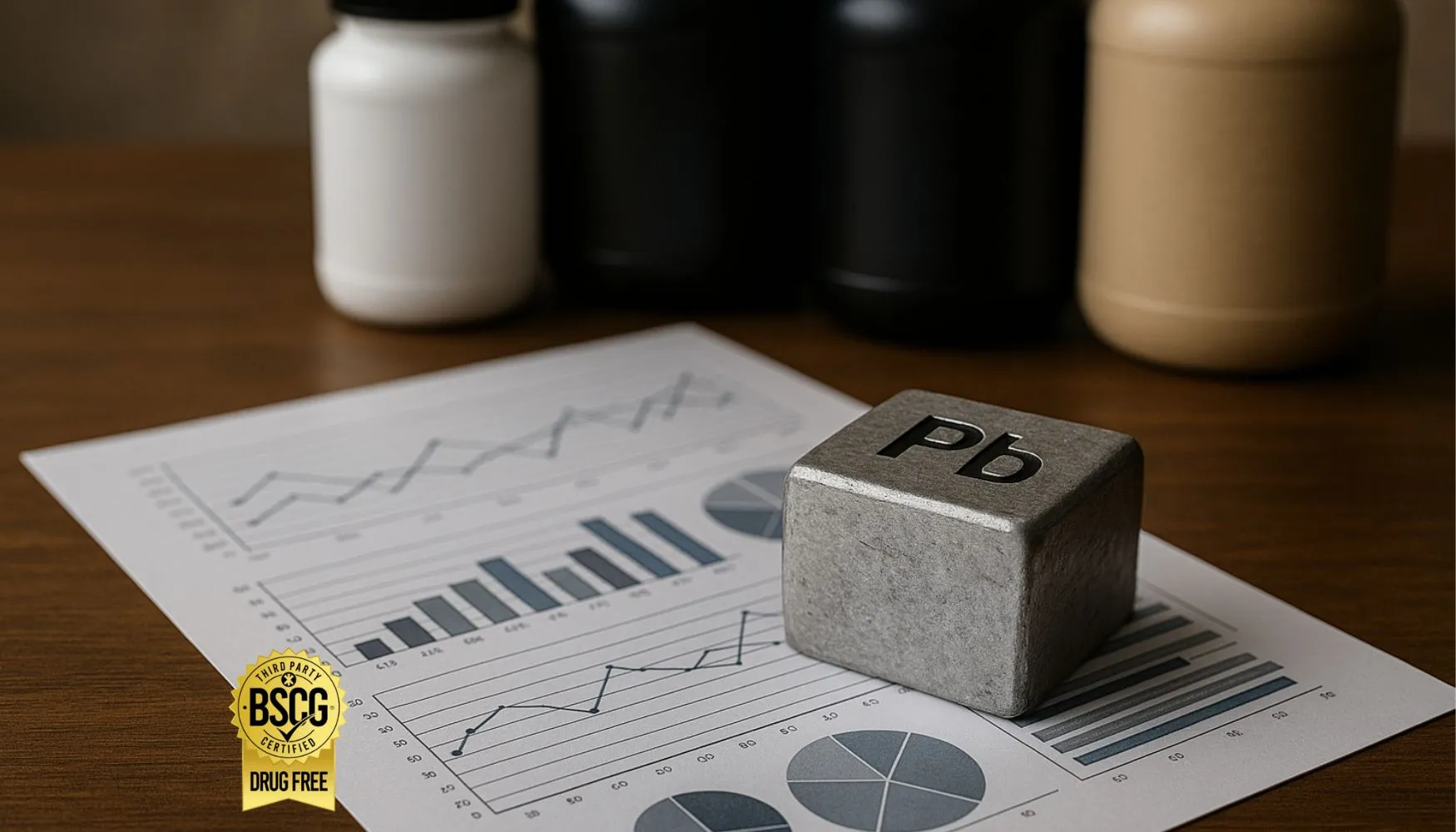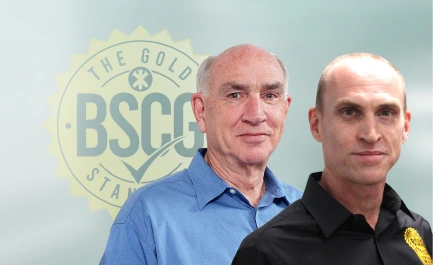
THE GOLD STANDARD IN THIRD-PARTY CERTIFICATION AND TESTING : +1-800-920-6605, info@bscg.org
The drug ostarine, also known as MK-2866, GTx-024 or enobosarm, is considered a SARM, or Selective Androgen Receptor Modulator. It was developed in the mid-2000s to help combat bone and muscle wasting in people suffering from a range of debilitating diseases and aging but is still being clinically researched and is not yet an approved drug. Ostarine is designed to activate the androgen receptor in a similar fashion to anabolic steroids. Because it produces strength gains similar to those of anabolic steroids without unpopular androgenic side effects, the drug has become a prevalent steroid alternative for bodybuilders and athletes.
SARMS is a broad term referring to various substances that bind to androgen receptors and activate in certain tissues such as muscle and bone. Though some early SARMS were steroidal in origin, the term SARMS commonly refers to a new and distinct category of drugs—Non-steroidal Selective Androgen Receptor Modulators—which is part of their appeal. Tissue selectivity is a key component of how SARMS are seen to work, bolstering gains in certain areas with less damage to other body parts such as the liver or prostate. SARMS continue to be evaluated for their potential to serve as effective medicines in combating muscle wasting conditions and other disorders. The safety and efficacy of SARMS, however, have yet to be established, and no SARM has been approved as a drug for human use.
A Banned Substance in Sport:
Ostarine was added to WADA’s Prohibited List in 2008 and remains banned today, along with other SARMS, by all major sporting organizations. As of 2017, dozens of athletes, from female triathletes to male American football players, have tested positive for the substance and suffered suspensions as a result. As a category, SARMS has become one of the more prevalent anabolic agents reported in sport drug testing.
Illegal Dietary Supplement Ingredient:
Unfortunately, ostarine and other SARMS have become popularized as active ingredients in dietary supplements by unscrupulous companies that tout the drugs as being “completely legal.” This is simply not true, as no SARM is considered a legal dietary supplement ingredient, nor has any been approved for human consumption. Other supplement companies may include the ingredient in its products under a different name or without listing it.
In the United States, ostarine and other SARMS can only be used for research and medical testing purposes. Often unscrupulous brands attempt to hide behind the suggestion that their products are only for research use, but that excuse is voided as soon as a product is capsulated and dosed for human consumption. Do not be fooled by this ruse. SARMS are illegal dietary supplement ingredients, and their inclusion in a product would be considered sale of an unapproved drug by the FDA (U.S. Food & Drug Administration) and most of its global equivalents.
In 2014, the FDA warned a supplement company that one of their products contained ostarine and explained that it was not legal to sell as a substance being researched as a drug. That remains the case in 2017, although only one or two warning letters have been sent since addressing the illegal sale of ostarine or other SARMS. It should be noted that one of the most significant efforts to address the illegal sale of SARMS in the dietary supplement industry was martialed by a dietary supplement brand, Nutrition Distribution. The dearth of regulatory action necessary to effectively address the illegal sale of ostarine and SARMS as dietary supplements has sadly allowed them to proliferate.
As a result, ostarine and other SARMS have invaded the dietary supplement industry creating the real possibility of cross-contamination occurring in the manufacturing environment, or in raw material sourcing. Because of the significant money available to manufacturing facilities who are willing to break the law and make SARMS into dietary supplement products, some end up manufacturing SARMS in otherwise legitimate facilities clandestinely, often after hours, exposing other, legitimate products to contamination. A circumstance like this resulted in a positive test for an elite athlete who had used a benign supplement that was made in a facility that also produced SARMS. Such results magnify the importance of certification programs like BSCG’s that test supplement products to demonstrate they are free of ostarine, SARMS and other doping agents.
Though ostarine appears to present fewer serious and androgenic side effects than anabolic steroids, the substance still can negatively affect one’s health. Headaches, acne and skin problems, hair loss and reduced testosterone levels have all been noted. Studies of other SARMS have revealed vision problems and, alarmingly, the growth of cancers. The extent of short-term and long-term effects is still being investigated and remains unknown.
“Supplement Warning: Athletes at Risk from Ostarine in Supplements,” USADA website.
https://www.usada.org/growing-evidence-ostarine-athlete-risk/
“Substance Profile: Ostarine,” USADA website.

 YouTube Channel
YouTube Channel
Oliver Catlin Interview
 BSCG BLOG
BSCG BLOG
Consumer Reports Overinflates Lead and Heavy Metals Concern in Protein Supplement Survey

 The Catlin Perspective blog widget
The Catlin Perspective blog widget
THE HISTORY OF BSCG